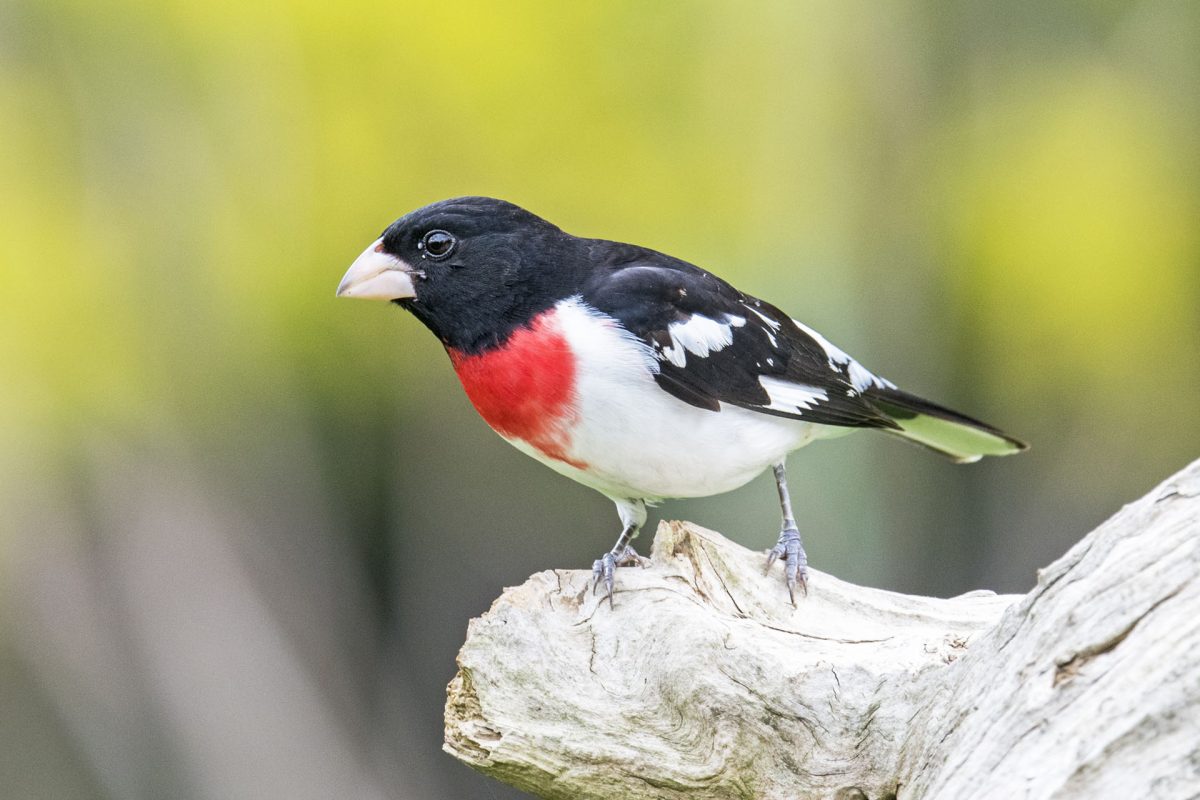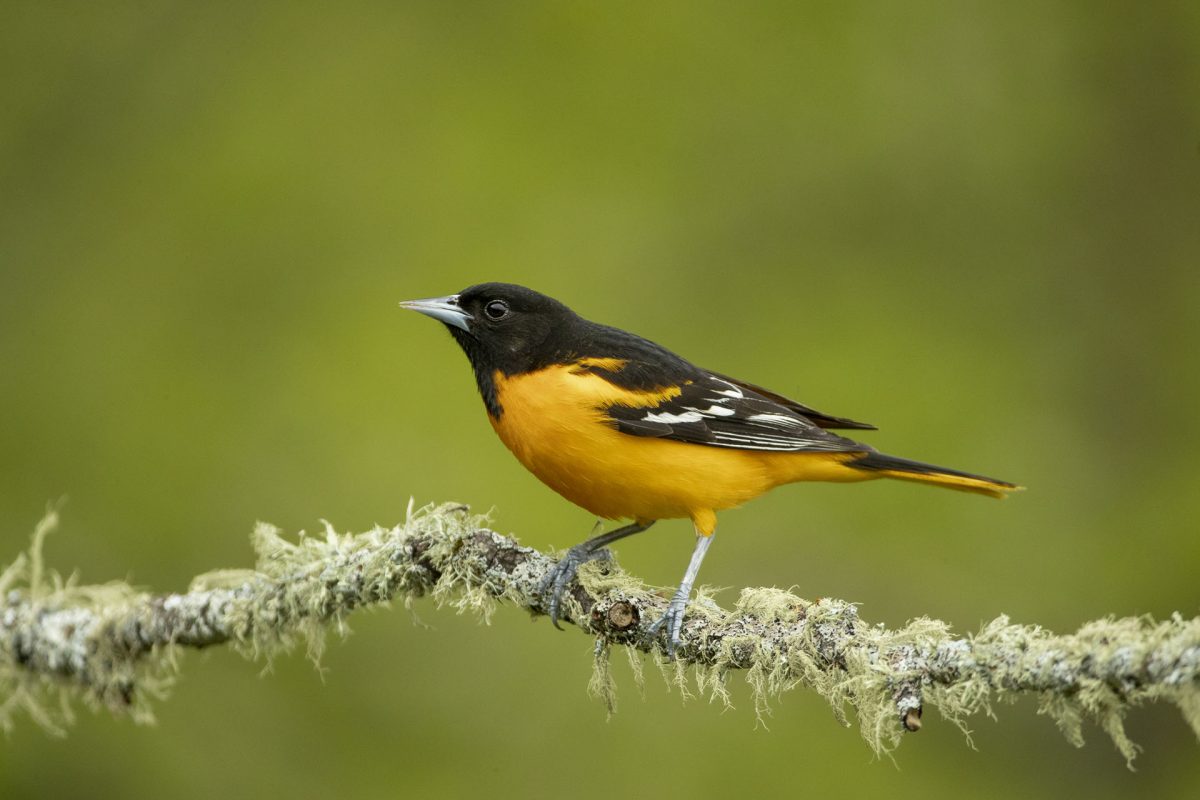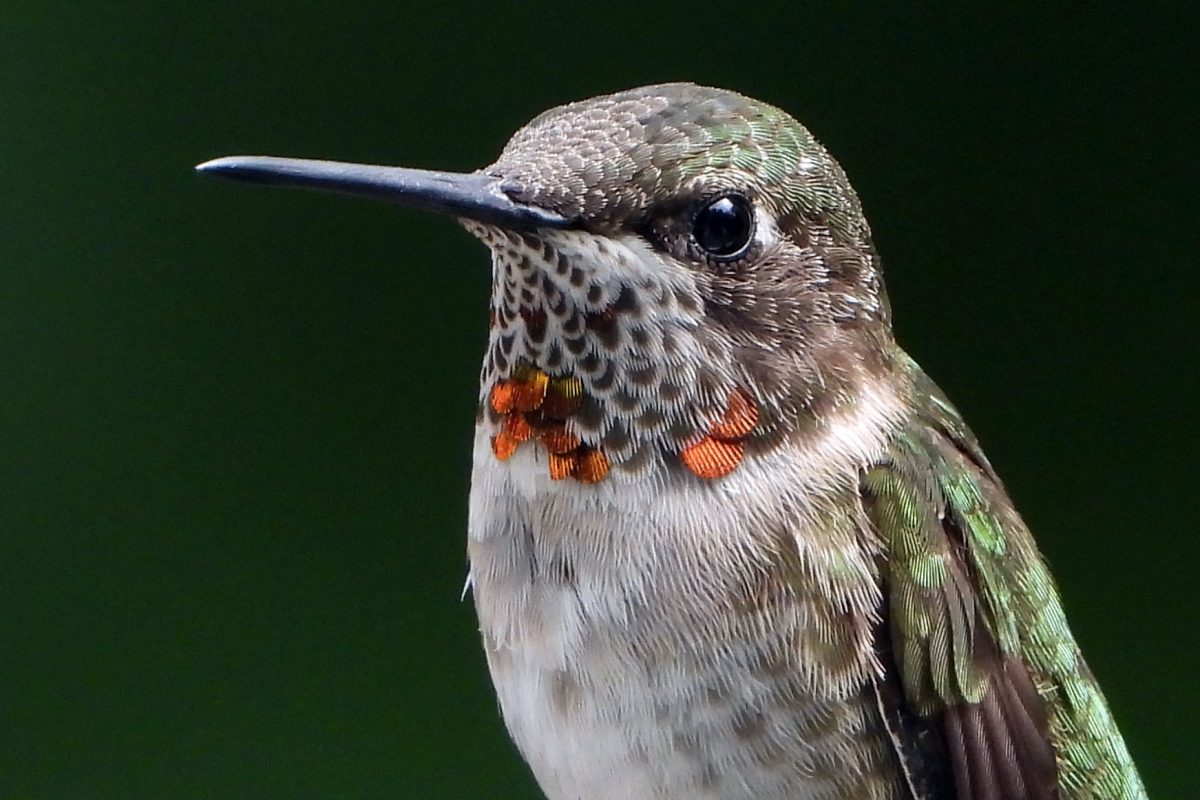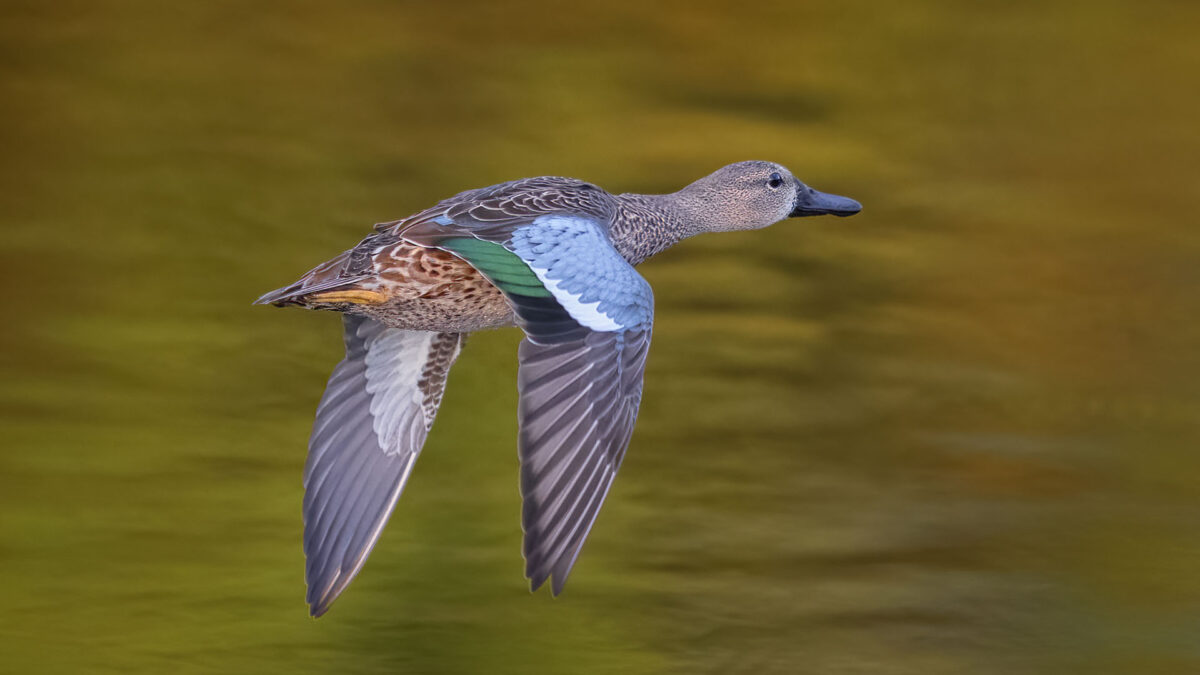Spring has sprung, so to speak. With the arrival of warmer weather and plentiful rainfall creating an abundance of food, birds are embarking on a great northerly migration towards their breeding territories.
This massive movement of millions of birds makes April and May two of the most exciting and active months for birdwatching in and around Chattanooga. Many birds will pass only briefly through East Tennessee along their migratory routes, offering birdwatchers a rare opportunity to spot species not typically found in the area.
“This time of year, from now until the first week in May, almost anything’s possible,” says Curator of Forests (and avid birdwatcher) Kevin Calhoon. “Almost any bird in North America could show up here.”
Many of these avian migrants arrive from Mexico, but others travel from as far south as Central America, crossing the Gulf and resting along the coast before moving further north.
The list of birds that pass only briefly through the Chattanooga area is long, but these are a few Calhoon suggests budding birdwatchers be on the lookout for:


Rose-breasted Grosbeak
You might spot these striking members of the cardinal family hanging around your birdfeeders from the middle of April to early May, but they’ll be gone until they make a return trip later in the fall. Males sport contrasting black-and-white patterns with a bright red patch on their breasts. Females and juveniles are brown with streaking patterns.
Baltimore Oriole
These small songbirds breed along the Tennessee River but not in Hamilton County. Their orange-and-black feathers are the same color as the English heraldic crest of their namesake, the Baltimore family. They seek out ripe, dark-colored fruit, and you can help attract them by planting raspberries or crab apples.
Various warbler species
Cape May Warblers and Canada Warblers are among countless warbler species that pass through Hamilton County without lingering for long. Depending on the species, they may travel from as far as South America on their journey north.
Swainson’s Thrushes
Often heard before being spotted, these cheerfully singing thrushes stay briefly in the Chattanooga area as they make their way to Canada. They prefer forested habitats, where they forage for berries and insects.


While these birds will stay only briefly in the area, others arriving in the spring will remain through the summer before departing as colder weather arrives.
Ruby-throated Hummingbird
The only hummingbird that breeds in the Eastern U.S. These diminutive nectar-eaters migrate from Central America and stay for the entire summer. Distinguished by their emerald green colors and red throat, they can be attracted to yards by planting tubular flowers, such as Indian Pink or Virginia Bluebells, or by setting up hummingbird feeders.
Scarlet Tanager
Males and females of this species are strikingly different. Male Scarlet Tanagers sport deep-red heads and bodies with contrasting black wings, while females are a subdued yellow-green. They’ll stay until fall before traveling to South America for the winter.
Broad-winged Hawk
While many Broad-winged Hawks will continue north, others will remain in the area to breed through the summer. Also called “snake hawks,” they are highly migratory because they prey on snakes, which are typically only active during warmer months. Birdwatchers can find them around Signal and Lookout Mountains.
Longtime birders inevitably have their favorite seasons, but Calhoon says spring is a chance to see birds sporting their finest dress.
“In the spring, they’re at peak colors,” he says. “They’re driven to get to their breeding sites, and they’re singing like crazy.”
For his part, Calhoon eagerly awaits the fall, when many of these birds will return to our region. During this late-year reappearance, the birds are more relaxed, making them easier to see and identify.
“They’re spending more time in berry patches, eating seed and just hanging out,” Calhoon explains. “I really enjoy that.”

